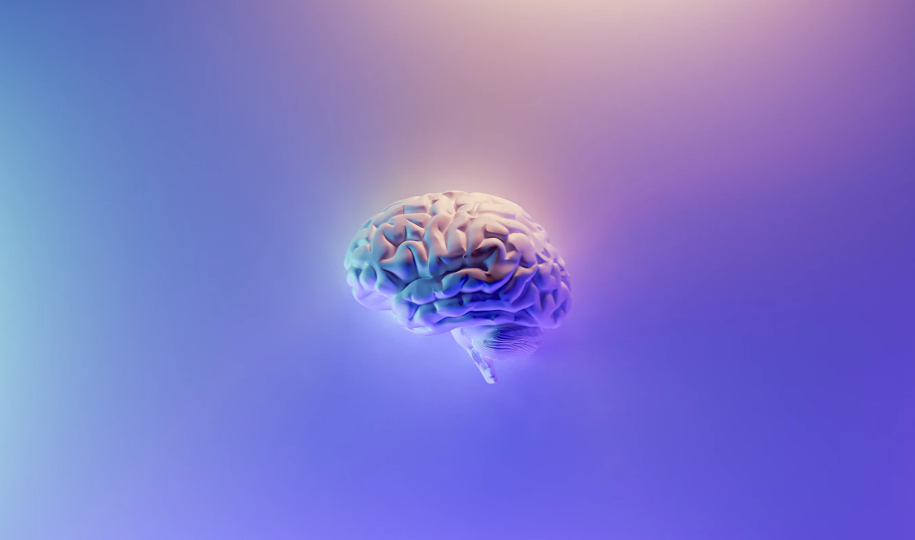The technology to transform brain waves into speech has been in development for a number of years. Now, there has been a great leap in advancement, thanks to video game technology and AI. Read on to find out more about this groundbreaking discovery.
TL;DR:
- Video game technology aids paralysed woman in regaining communication abilities.
- Brain-computer interface developed by Speech Graphics, UCSF, and UC Berkeley generates speech and facial expressions from brain signals.
- Avatar-based communication through synthesized voice and facial animation marks a significant advancement in restoring natural communication for those unable to speak.


Transforming Brain Waves to Speech Through a Digital Avatar
Video game technology has played a groundbreaking role in helping a woman regain her ability to communicate, after she was left paralysed following a stroke. Now, she can communicate again – through a digital avatar.
Researchers from Edinburgh-based Speech Graphics, UC San Francisco (UCSF), and UC Berkeley have developed the world’s first brain-computer interface that generates speech and facial expressions from brain signals. Therefore, this development offers hope for restoring natural communication among those unable to speak.
How Does the Software Work?
Utilizing software akin to that used in video games like The Last Of Us Part II and Hogwarts Legacy, brain waves are transformed into a digital avatar. This avatar is capable of speech and also facial animation. The study focused on a woman named Ann, converting her brain signals into three forms of communication. The communication forms are text, synthetic voice, and also facial animation on a digital avatar. This further includes lip sync and emotional expressions. Remarkably, this marks the first time facial animation has been synthesized from brain signals.
Led by UCSF’s chairman of neurological surgery, Edward Chang, the team implanted a paper-thin rectangle of 253 electrodes onto the woman’s brain surface. The electrodes intercept signals that would have otherwise reached facial muscles. These electrodes are then connected to computers via a cable. Following this, AI algorithms were trained over weeks to recognize brain activity.
Real-Time Facial Expressions and Speech From Brain Waves
The woman achieved text writing and speaking using a synthesized voice based on past recordings. Moreover, the AI decoded her brain activity into facial movements, transforming her thoughts into real-time facial expressions. One method involved using the subject’s synthesized voice to drive muscle actions. These actions were then converted into 3D animation in a video game engine. The end result was a lifelike avatar that could pronounce words in sync with the synthesized voice.
This technology represents a major leap in restoring communication to individuals affected by paralysis, offering real-time expression of emotions and nuanced muscle movement.
All investment/financial opinions expressed by NFTevening.com are not recommendations.
This article is educational material.
As always, make your own research prior to making any kind of investment.
 Bitcoin
Bitcoin  Ethereum
Ethereum  Tether
Tether  XRP
XRP  USDC
USDC  Wrapped SOL
Wrapped SOL  Lido Staked Ether
Lido Staked Ether  TRON
TRON  Dogecoin
Dogecoin  Cardano
Cardano  Figure Heloc
Figure Heloc  WhiteBIT Coin
WhiteBIT Coin  Wrapped stETH
Wrapped stETH  Bitcoin Cash
Bitcoin Cash  Wrapped Bitcoin
Wrapped Bitcoin  USDS
USDS  Chainlink
Chainlink  Wrapped eETH
Wrapped eETH  Binance Bridged USDT (BNB Smart Chain)
Binance Bridged USDT (BNB Smart Chain)  LEO Token
LEO Token  WETH
WETH  Hyperliquid
Hyperliquid  Stellar
Stellar  Monero
Monero  Zcash
Zcash  Coinbase Wrapped BTC
Coinbase Wrapped BTC  Ethena USDe
Ethena USDe  Litecoin
Litecoin  Sui
Sui  Avalanche
Avalanche  Hedera
Hedera  Shiba Inu
Shiba Inu  sUSDS
sUSDS  USDT0
USDT0  Dai
Dai  Mantle
Mantle  Toncoin
Toncoin  World Liberty Financial
World Liberty Financial  PayPal USD
PayPal USD  Cronos
Cronos  Ethena Staked USDe
Ethena Staked USDe  Uniswap
Uniswap  Polkadot
Polkadot  MemeCore
MemeCore  Aave
Aave  Bittensor
Bittensor  USD1
USD1  Canton
Canton 


